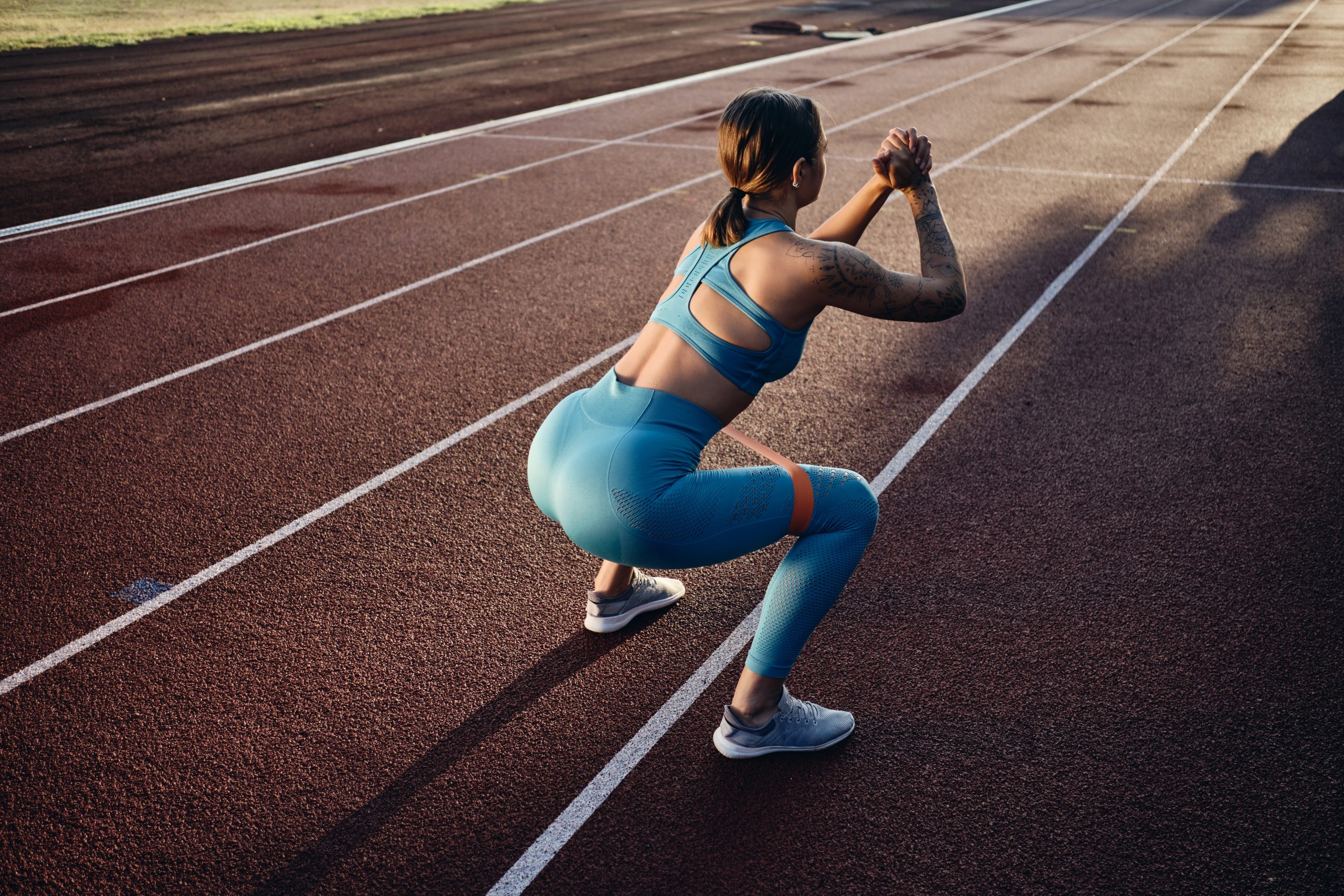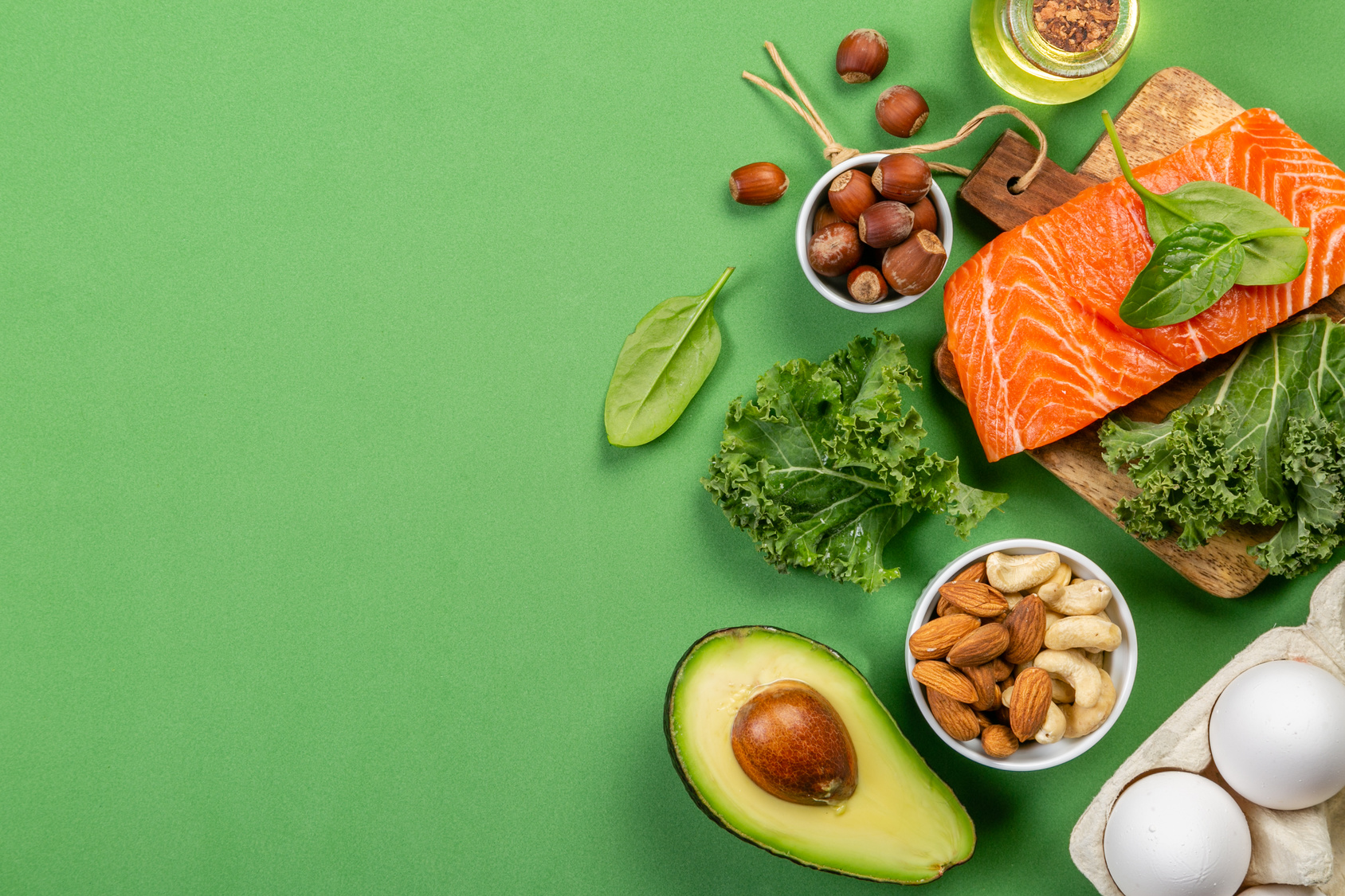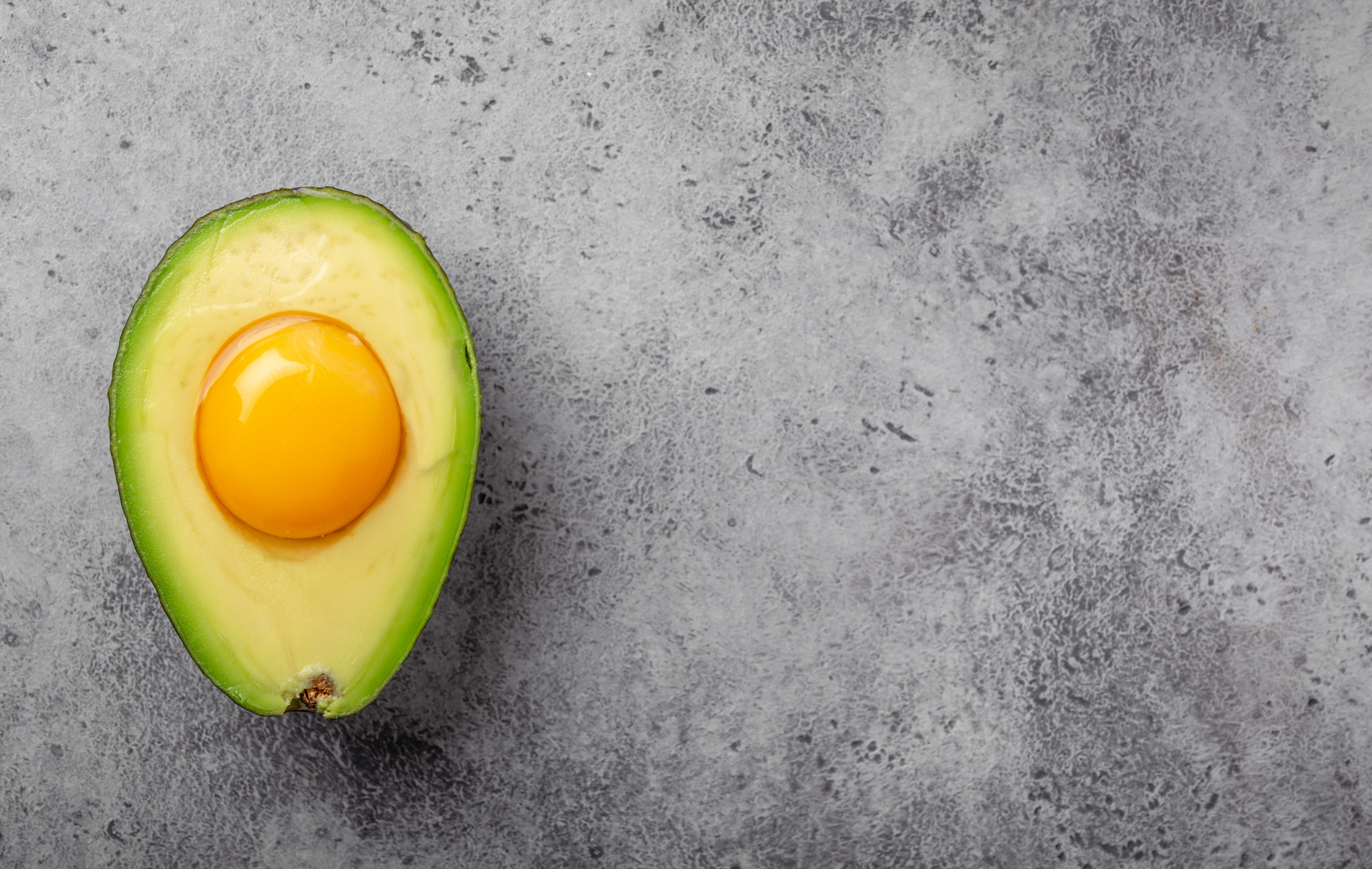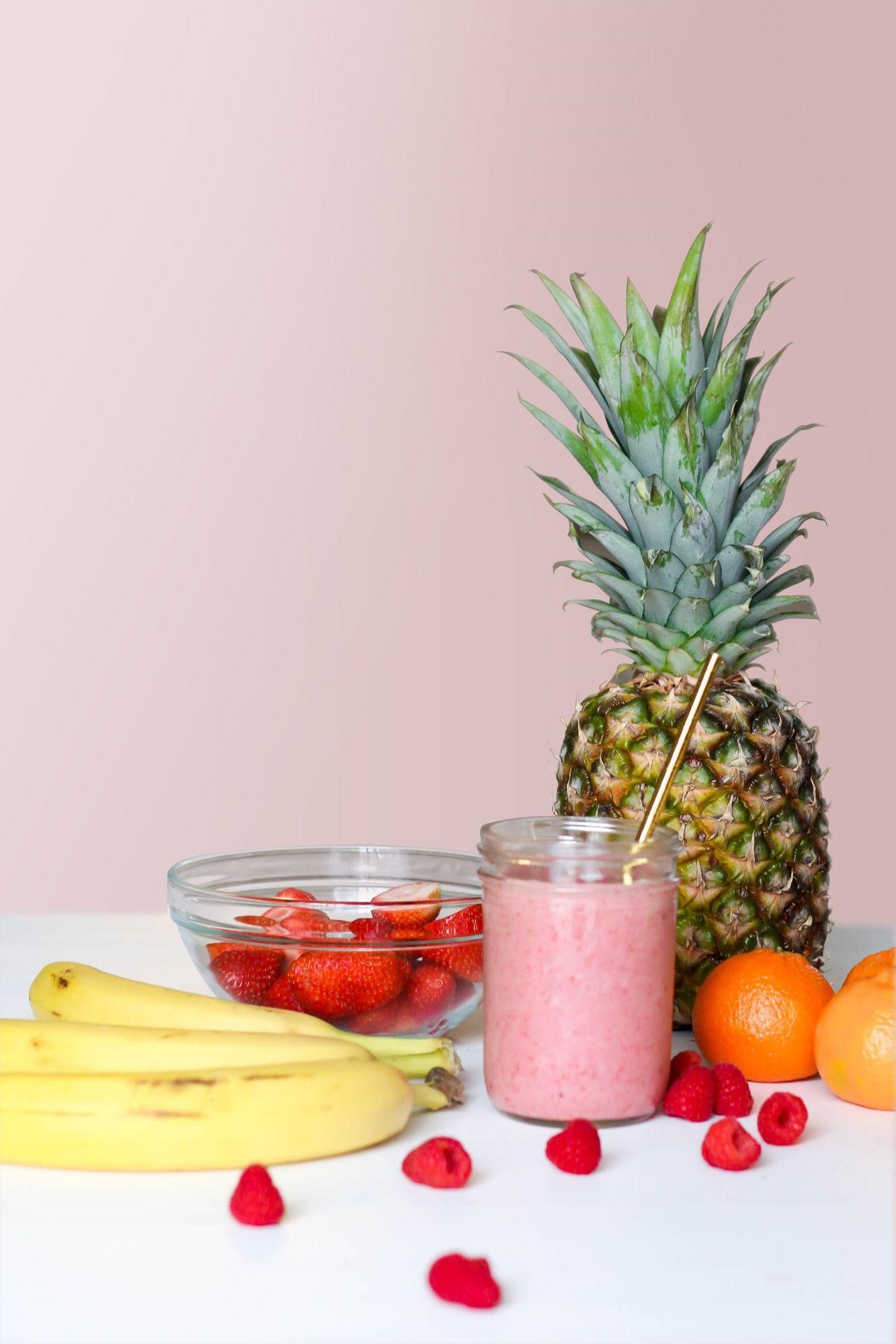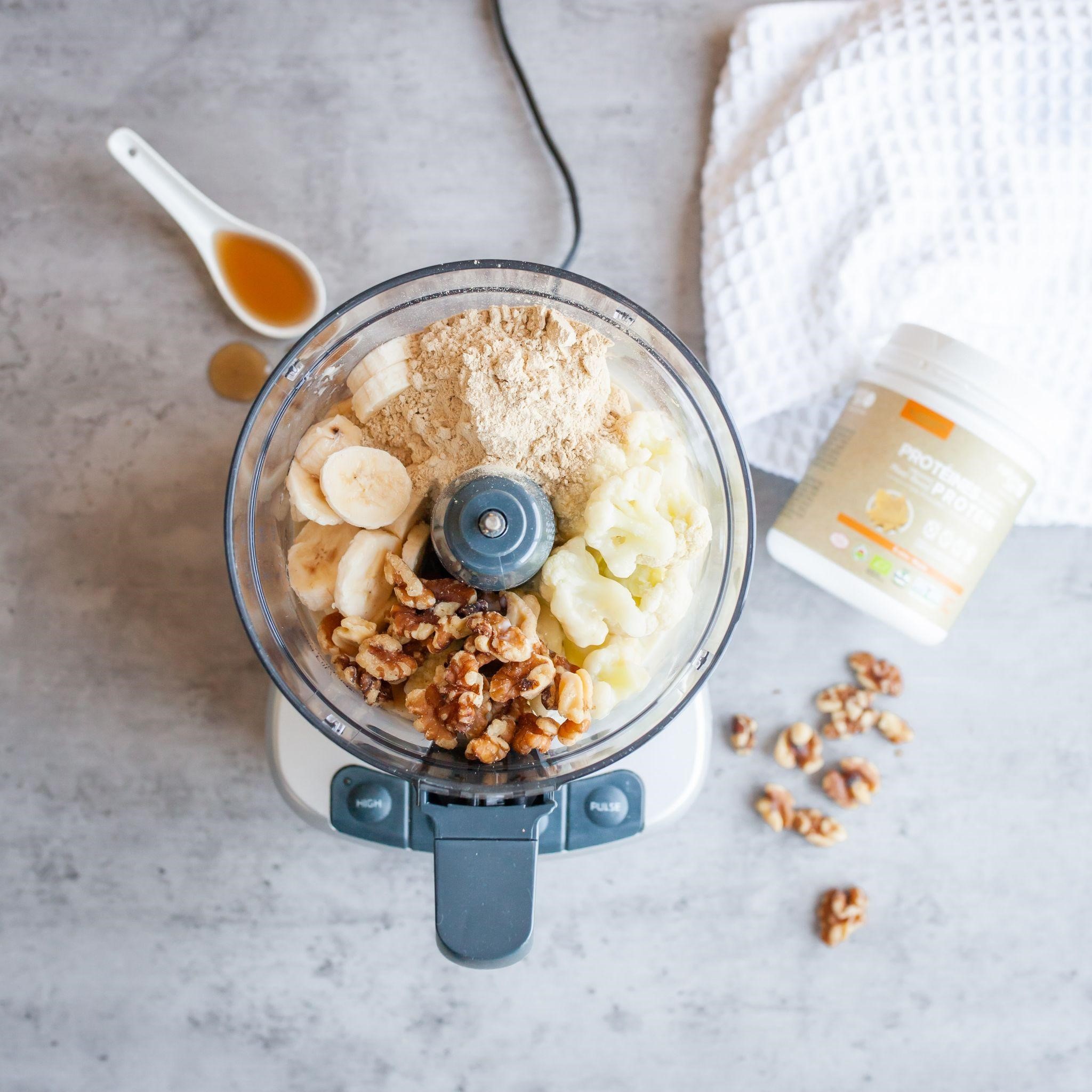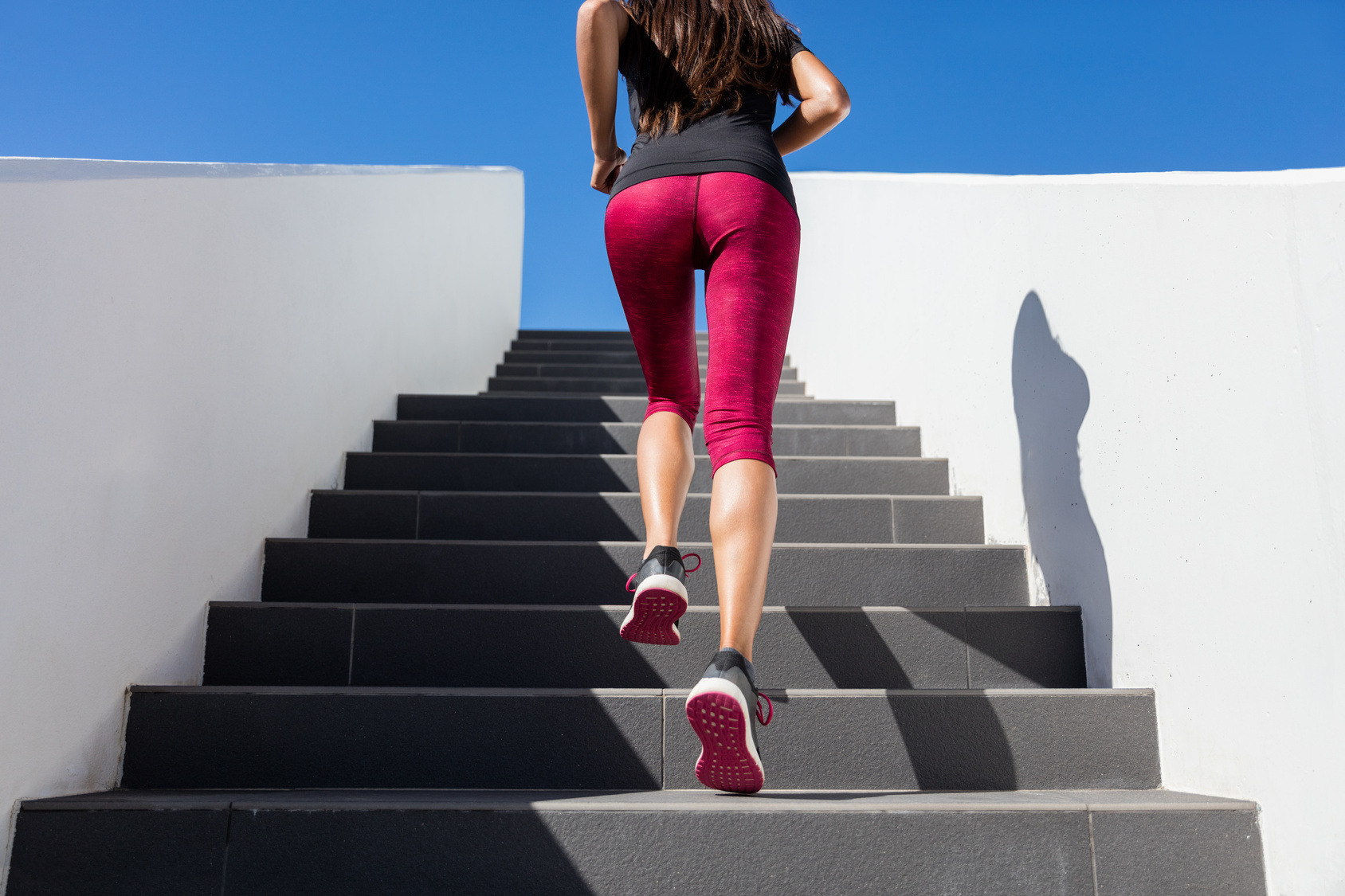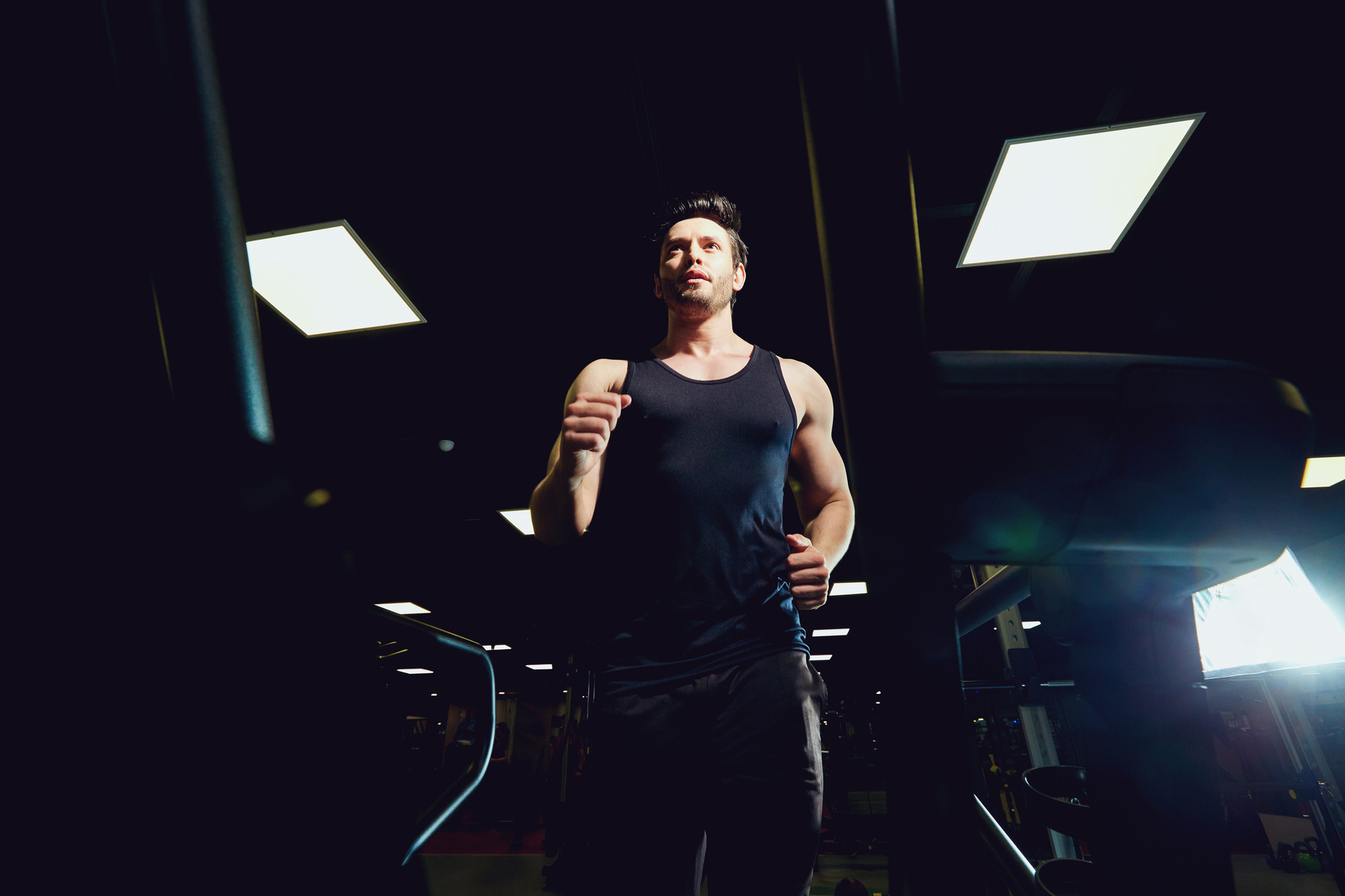So, you’ve been hitting the weights for a couple of months now, and feeling that sweet strength building up? Awesome! But guess what? It’s time to kick things up a notch. The road to strength, especially for us runners, is a never-ending, fascinating one, and it’s time for your next adventurous leap.
So, grab your water bottle, tie those laces tight, and let’s dash into a realm where we blend that newfound strength with our undying love for the tracks!
Ready to explore some game-changing strategies to sprint your way into being a stronger, more robust runner?
Let’s dive in, step by step, ensuring every stride we take is not just strong, but also smart and sustainable.
Magnificent Seven
Okay, lean in close because I’m about to spill the beans. If you’re imagining some super-secret, highly-guarded list of strength training exercises, think again! It’s actually the basics that pack the biggest punch. Yup, that’s right!
Ever heard of the “Superb Seven”?
No? Well, let me introduce you: squats, lunges, deadlifts, planks, push-ups, burpees, and shoulder presses. These aren’t just my personal favorites’, but according to a study published in the Journal of Sports Science & Medicine, these exercises have been hailed as incredibly effective for comprehensive strength-building.
Plus, if you’re aiming to up your running game, these seven wonders work magic on a runner’s physique.
When you’re beginning, it’s crucial to focus on quality over quantity. So, for starters, let’s keep it low-key with the reps. Aim for two to three sets of 7 to 12 reps.
And hey, don’t forget to give your muscles a breather! A 90-second to two-minute break between sets should do the trick. The key? Perfect that form! Trust me, a well-executed squat or push-up is worth its weight in gold.
Circuit Training
Imagine merging the muscle-defining perks of resistance training with the heart-pounding benefits of interval training. You get a double whammy: muscle-building and a calorie-torching cardio session all in one!
The beauty of circuit training? Personalization! Want to shed some pounds? Or looking to bulk up? Customize it to your goals. The blend of aerobic and strength exercises is like your favorite smoothie – it’s all about what you put into it. And trust me, the variations are only limited by your creativity!
My Go-to Circuit Training Routine:
Okay, let me share a circuit routine I absolutely swear by. You know what’s fantastic about this? Minimal equipment! Just you, a mat, and some enthusiasm. For those looking to level up, feel free to throw in some weights.
The Routine:
- Run: 400 meters. Feel the wind in your hair!
- Air Squats: 20 reps. Feel every muscle.
- Push-ups: 20 reps. Channel your inner strength.
- Burpees: 20 reps. Burst of energy!
- Forward Lunges: 20 reps. Step it up!
- Plank: Hold that position for a solid minute.
The challenge? Transition between exercises without catching a break. Done with a round? Pat yourself on the back! But hold on, there are two more rounds to go!
Between each round, take a 1-2 minute breather. Trust me; you’ll need it!
Embrace Free Weights
With free weights, the world (or, well, the gym) is your oyster! They allow you to target every muscle group without the dance of switching machines.
Say goodbye to those wasted minutes transitioning between machines. With dumbbells and barbells in hand, you streamline your workout.
And please don’t take my word for it. A study in the Journal of Strength and Conditioning Research found that when folks used free weights instead of machines, they activated more muscles. The result? Yep, better fitness gains.
Free weights are like that strict teacher who ensures everyone performs equally. They make sure your dominant side doesn’t hog all the action. The result? Both sides of your body grow harmoniously, achieving that coveted balance and symmetry.
The Magic of Progressive Overload:
Think of strength training as building a tower, brick by brick. The principle of progressive overload is your blueprint. It’s all about pushing your muscles to work a tad bit harder each time.
To keep gaining strength, either add a smidge more weight or sneak in a few more reps at the same weight. Simple, right?
This isn’t just about lifting weights; it’s a universal truth. Whether you’re a runner, a cyclist, or you swear by those kettlebell swings – the principle stands tall.
Doing the same routine on repeat? Uh-oh! You’re not harnessing the power of progressive overload. Your body craves variety and challenge. Give it what it needs!
Say you’re squatting 100 pounds for ten reps this week. Next week, aim for 12 reps at the same weight or stick with ten reps but bump it up to 105 pounds. The key? Steady and gentle progress.
Drop Sets
Also coined the “multi-poundage system,” drop sets are an innovative way to squeeze every ounce of effort from your muscles. Here’s the breakdown:
Start with a strength exercise at a weight you find challenging. Once you hit that point where you can’t do another rep, reduce (or drop) the weight. But hang on – you’re not done! Dive right back in and churn out more reps. The goal? Push until you hit complete muscle failure.
This method helps you recruit more muscle fibers, translating to quicker and more efficient results. It’s all about tapping into those reserves and pushing past your perceived limits.
My favorite way to implement this? Dumbbells. When you max out on a particular weight, quickly swap to a lighter one and continue your reps. Ensure you maintain that impeccable form (no cheating!).
As with all exercises, listen to your body. Complete muscle failure means pushing your limits, but never at the expense of form or safety.
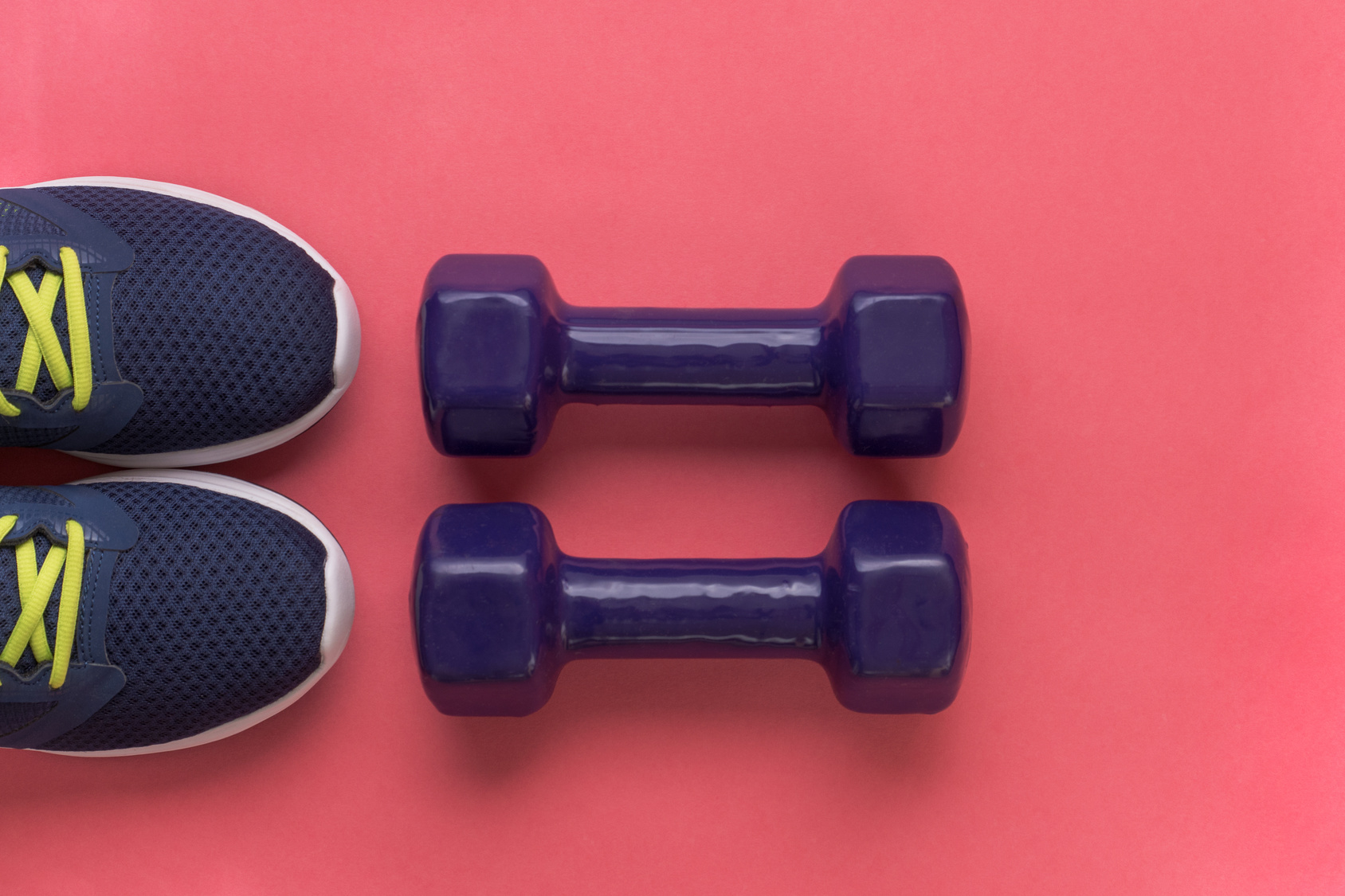
Pack in Protein
No matter how hard you push yourself in the weight room, if you don’t fill your daily Ever heard the saying, “Abs are made in the kitchen, not the gym”? It’s a nod to the undeniable importance of nutrition. And when we’re talking muscle-building, protein is our MVP. Let’s dive into why:
No matter the sweat and grind in the weight room, your muscles crave protein for repair and growth. It’s like the magic potion that repairs those worn-out tissues after a challenging workout.
Beyond building brawn, protein plays a dual role. It helps you feel satiated, waving goodbye to those pesky hunger pangs. No more unplanned cookie raids!
Aim for about 1-2 grams of protein per pound of your body weight daily. So, for a person weighing 170 pounds, we’re looking at a ballpark of 170 to 340 grams. Intense runner or hitting the weights hard? Your protein needs might tick up.
Consider fueling up with around 10-20 grams of protein before workouts—think of it as priming the muscle-building engine. Quick fact-check: that’s roughly equivalent to a hearty serving of Greek yogurt, not necessarily two glasses of milk. After the sweat session? Refuel with a protein-rich meal or shake within an hour. And don’t forget to pair it with some good carbs to recharge those energy stores!
Lean meats, eggs, fish, and dairy are fantastic sources. Can’t meet your targets through food alone? Supplements can fill that gap, but always prioritize real food first.
Schedule Recovery
So, let’s spill the tea. Last week? I took it slow. Yep, you heard that right. No pounding the pavement with runs or feeling the burn under heavy weights. It was all about serene yoga stretches and leisurely walks. Why, you wonder? Let’s dive into the magic of recovery!
Training gives our muscles a workout, resulting in tiny micro-tears. Don’t freak out! They’re part of the growth process. But here’s the catch: muscles heal and grow stronger during recovery. Think of it as your body’s renovation time.
Continuously pushing without proper rest? It’s a recipe for dips in performance, increased injury risks, and the dreaded burnout.
So what’s the solution? One word – deload. Deload is basically our fancy fitness lingo for intentional recovery. Instead of full-blown rest, it’s about lighter training to give muscles a break without total inactivity.
Here’s my golden rule. After every 4th or 5th intense training week, schedule a recovery week. During this time, if you’re into weights, opt for just 60% of your max and halve your reps.
Not into that? Just take the week off. Reconnect with nature through walks, dive into some soothing yoga, take a swim, or treat yourself to a therapeutic massage.
Should you run after leg day? Find the answer here.
A Runner Upper Body Workout
We know the focus is often on those legs, but let’s not forget the importance of a strong upper body! It improves posture balance and gives you that extra push when sprinting to the finish line.
Here’s an upper body routine tailored just for you, ensuring you’re not just fast but also fabulously toned!
- Frequency: Incorporate this routine 2-3 times a week, ensuring a rest day in between to give those muscles some recovery love.
- Choosing the Right Weight: It’s all about challenge without strain. Opt for weights that make those last two reps of each set feel like “I can barely do this” but still maintain perfect form.
The Workout Breakdown:
Push-ups: The classic!
- Sets: 5
- Reps: 12-15
Dumbbell Bench Press: Sculpt that chest and triceps!
- Sets: 4
- Reps: 10-12
Inverted Rows: Great for those back muscles and biceps.
- Sets: 4
- Reps: 10-12
Dumbbell Hammer Curls: Hello bicep gains!
- Sets: 3
- Reps: 12-15
Shoulder Presses: For those strong, runner-worthy shoulders!
- Sets: 4
- Reps: 12-15
And there you have it! Remember, a balanced runner is a stronger runner. This upper body routine will not only help you look balanced but feel and run balanced, too. Stay strong and keep running!
Here’s your full guide to strength training for runners.

